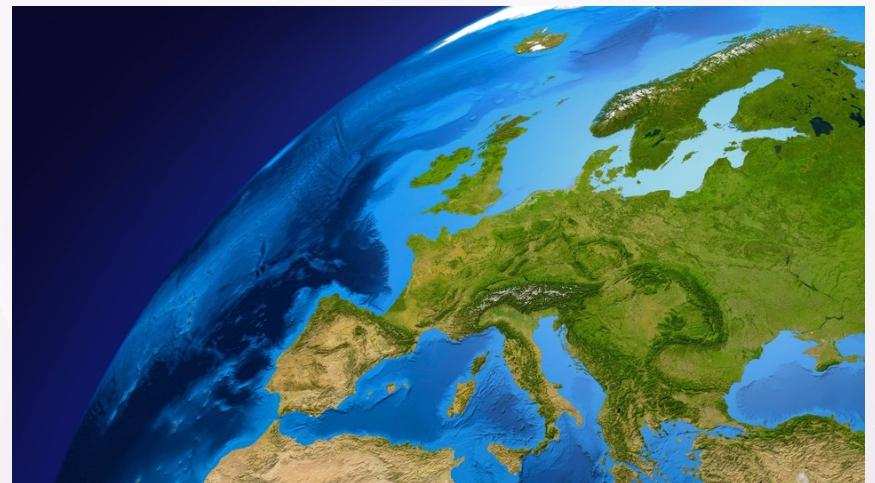The role of phenology in climate research
Global warming has been discussed for decades. It is now undisputed that it exists, also because it can be backed up with phenological data.
“The earth is getting greener,” read the headline of a 2001 NASA study. From space it is clearly visible that plant growth above the 40th northern latitude – the line between Madrid and Beijing – has increased significantly since 1981. Although the forests have been damaged by acid rain and other human interference, there are more plants today than in previous decades.

The explanation: Due to global warming, the vegetation period has become longer. Spring comes earlier, winter comes later. So plants have more time to reproduce and spread before hibernation begins. Because the temperature curve has such a strong influence on the development of plants, changes in plant growth are important indicators of climate change.
Plants and climate change
Phenological studies have found that the growth phase of plants in Europe has increased by more than ten days since the 1960s. In Germany, the so-called vegetation period is now around two weeks longer.
The heyday of many plants has shifted significantly in recent decades. In many places, the hazel blossom begins up to four weeks earlier. Alder trees, ash trees and elms also bloom earlier than in earlier times and many deciduous trees keep their green leaves until November.
These changes also have an impact on people. Farmers have to adjust their sowing and harvesting times to the changed conditions and allergy sufferers have to prepare themselves: an extension of the vegetation phase by earlier flowering also means an extension of the pollen count.
In addition, completely new species are attracted to our warmer climate. The ragweed, also called ambrosia, has migrated to Europe from the USA in recent years and has also settled in Germany in isolated cases. If the immigrant continues to spread, its late flowering in August would further prolong the suffering of the hypersensitive: Ambrosia is considered to be extremely allergenic.
Animals and climate change
When the plants move around, the animals also follow: some species of amphibians, for example the tree frog, spawn earlier than in previous decades.
However, the changes in the life of animals are particularly evident in the birds. Because the climate is becoming friendlier and the plants no longer rest, it is no longer worth the long journey south for some migratory birds that have left Europe in winter.
Migratory birds are now returning from their wintering areas much earlier than a few years ago. Some bird species stay here completely.
Starlings move south less and less – they hibernate with us. This gives them advantages over migratory birds in the spring, as those who stayed at home can secure the best breeding sites at an early stage. The number of breeding pairs of smaller migratory birds such as garden redstart, black swallow and wryneck has therefore dropped sharply.

